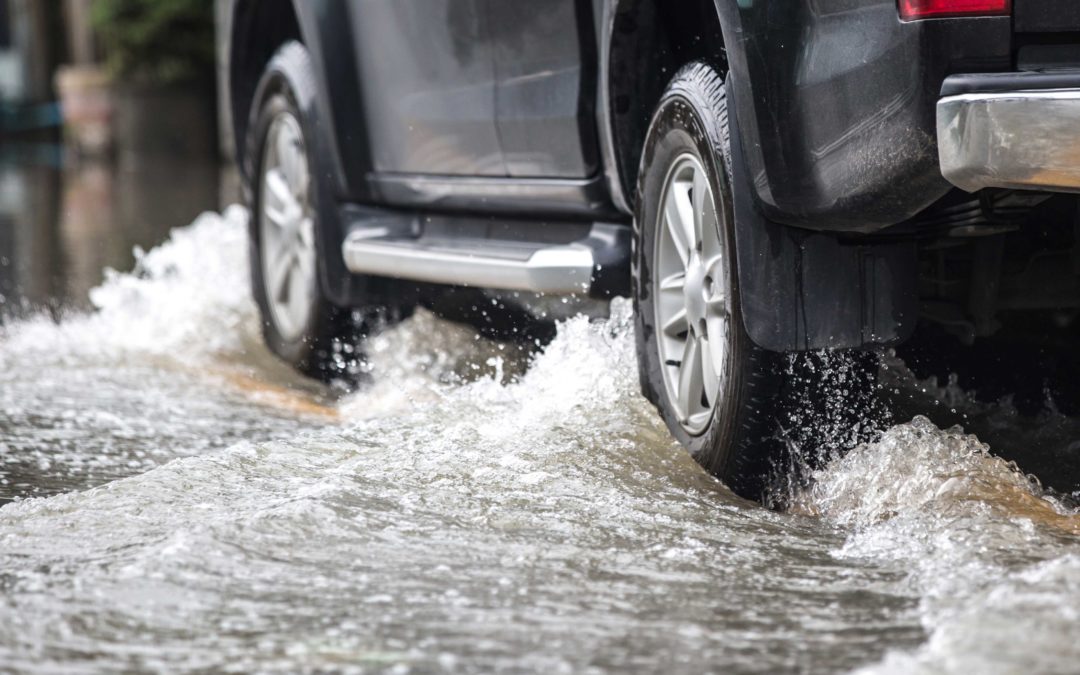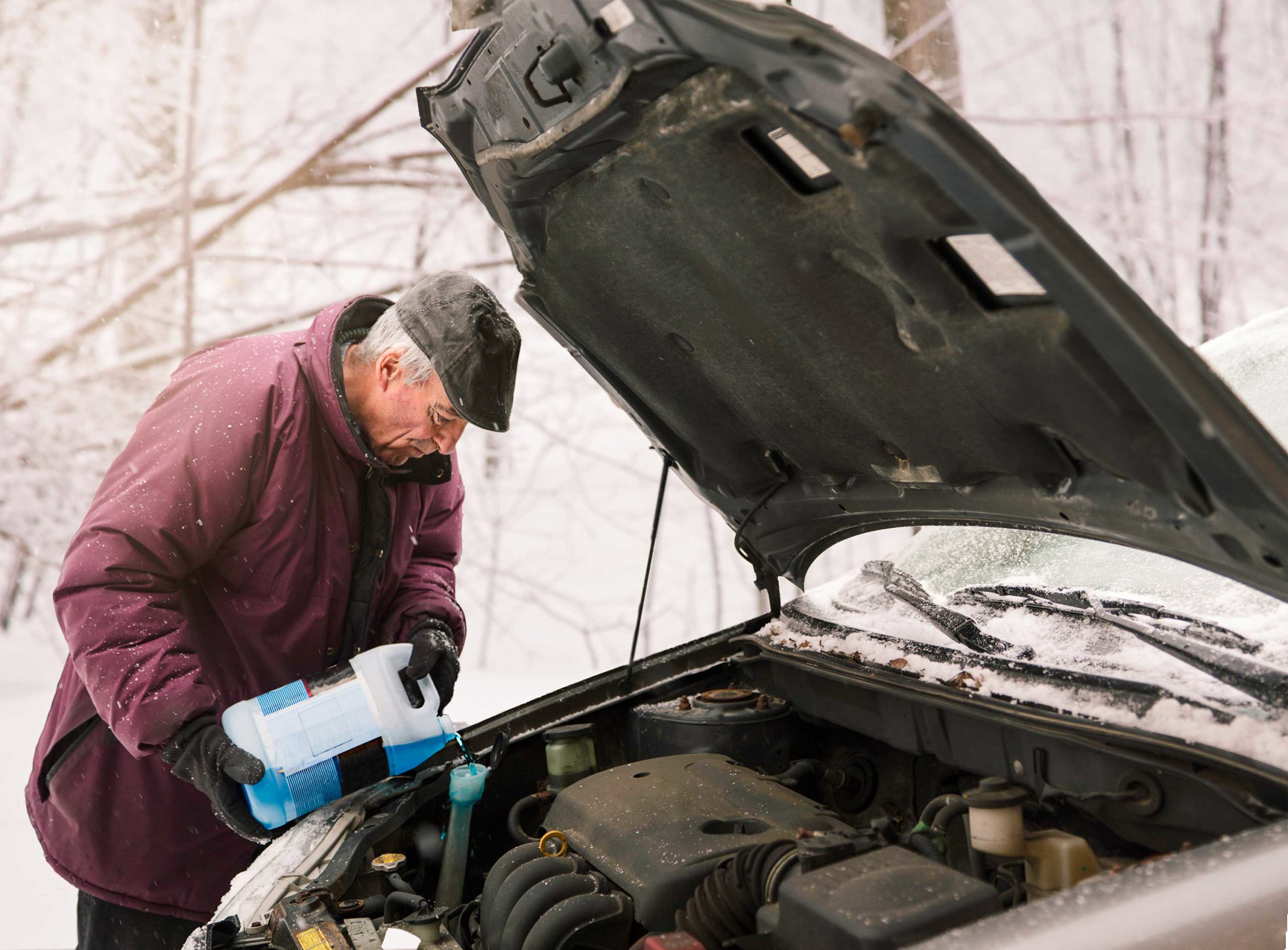The best time to prepare for a flood is before the first drop of rain falls. Plan now, and you can face rising waters later with a little more peace of mind.
Follow these tips to get ready for flood season:
- Know your risk. Do you live in a floodplain (a flood-prone area)? You can find out by entering your address into the Federal Emergency Management Agency (FEMA) flood map. Look at the key to determine if your home is in a flood hazard area. If it is, take every precaution to prepare for flooding. If it isn’t, it doesn’t mean your area is floodproof, so you should still take steps to stay safe.
- Elevate your utilities. If you live in a flood-prone area, the experts at FEMA recommend elevating your furnace, water heater, and electrical panel to floors less likely to be flooded (consult a professional for help with this). If your home is at a very high risk for flooding — for instance, you live on the coast — consider having your entire home elevated to avoid flood waters.
- Waterproof your perimeter. Seal basement walls with waterproofing compound to keep water from entering through any cracks. Clean gutters and extend downspouts away from the house to avoid water collecting next to your home’s foundation. Make sure your sump pump is working and install a battery-operated backup in case of a power outage.
- Protect important documents. Store critical documents (insurance papers, birth certificates, etc.) in a safe deposit box. You can also scan these documents onto a flash drive you can carry with you in an emergency. Keep precious mementoes, photos and keepsakes in sealed plastic boxes on an upper floor of your home or in the attic.
- Follow official instructions. If you are instructed to evacuate, do it. Plan ahead by finding as many alternate evacuation routes as possible in case roads are blocked by water. Don’t try to drive through flood waters; it takes only two feet of water to float a car.
- Make a plan. Discuss with your family what you will do in the case of a flood. Plan a place to meet if you are not all evacuating together, or if you are separated. Pack a “Go Bag” with emergency essentials, including clothes, non-perishable food, water, a first-aid kit, any necessary prescriptions or medical devices, phones and chargers, cash, and special irreplaceable items (keepsakes, jewelry, photos, etc.). For help making your emergency plan, go to ready.gov/make-a-plan.
- Invest in flood insurance. Standard homeowners insurance does not cover flooding, but you can purchase a separate flood insurance policy. Talk to your local independent agent to find out more.
Mom always said to plan for a rainy day. Follow her advice — prepare for a flood and talk to your insurance agent about additional coverages you may need in the meantime.



